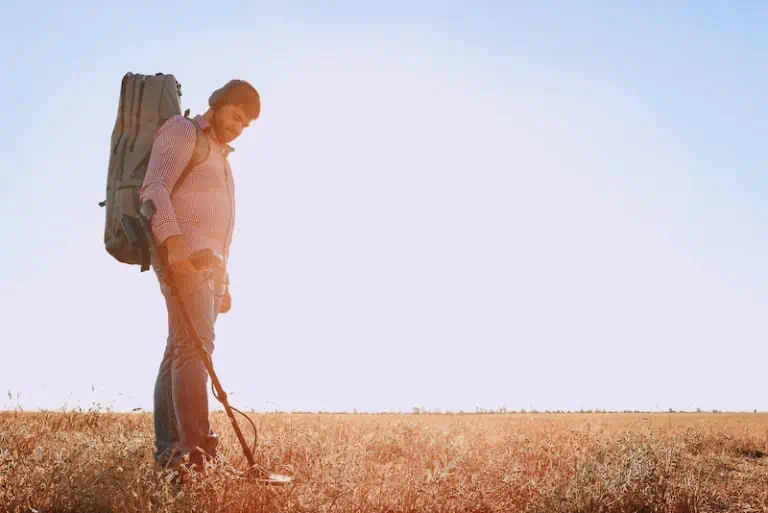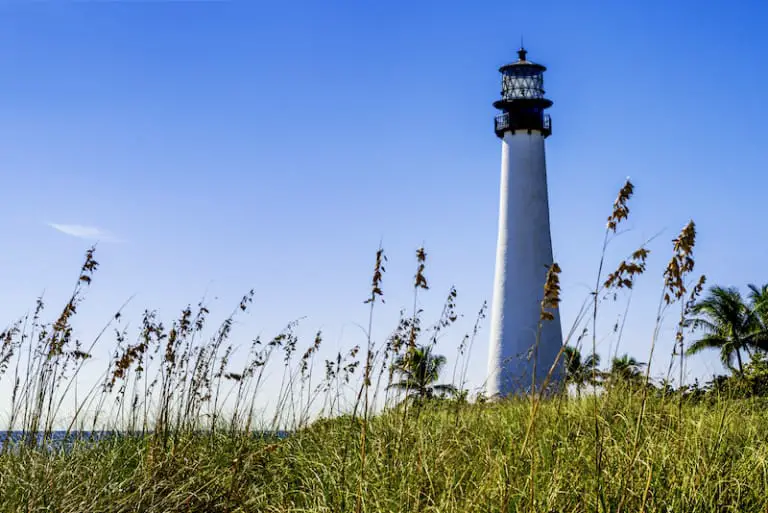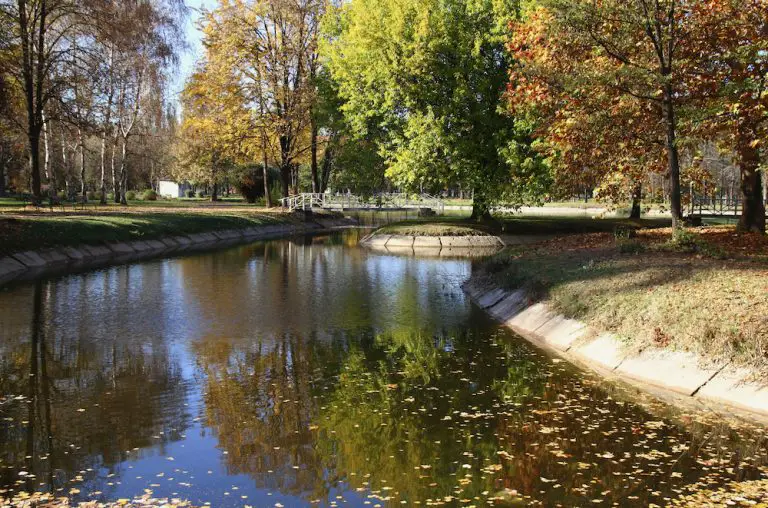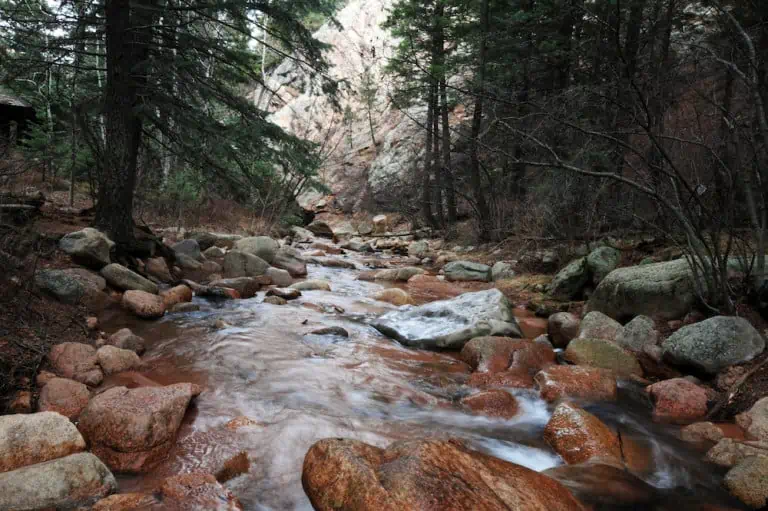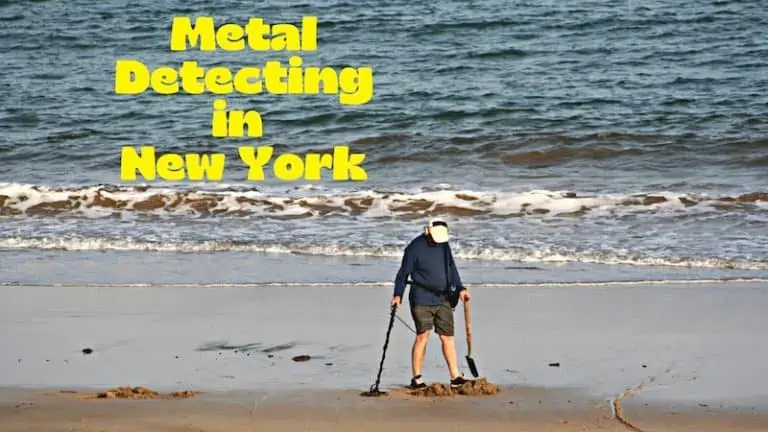Metal Detecting in North Dakota: Laws, Clubs, Where to Detect
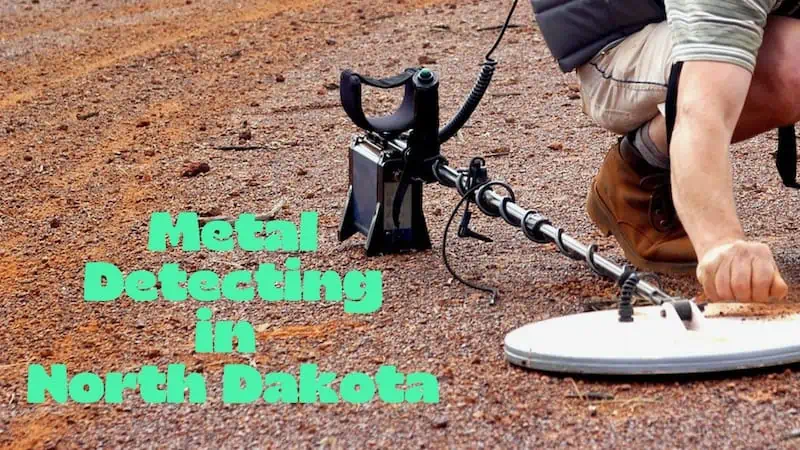
North Dakota is a scenic state with a long history. The Dakota Nation inhabited the territory first, and the Lewis and Clark expedition passed through the state twice. Traders, hunters, and trappers set up in North Dakota after coming from the Pacific coast in the early 1800s.
North Dakota is not known for gold prospecting, but some smaller gold has been found int eh state. Most of this is found by panning but could be found with a sensitive metal detector. As with all states, ensure you follow all the laws and regulations pertaining to metal detecting while metal detecting in North Dakota.
Metal Detecting Laws in North Dakota
As with all states, certain federal level laws pertain to metal detecting. The National Historic Preservation Act and Archaeological Resources Protection Act both apply to finding items on public or state lands in North Dakota. Under these laws, no item over 100 years old may be removed from the soil. You also may not metal detect in any area deemed historically or culturally important. Any item found that you think may be historically or culturally important should be turned over to the proper authorities.
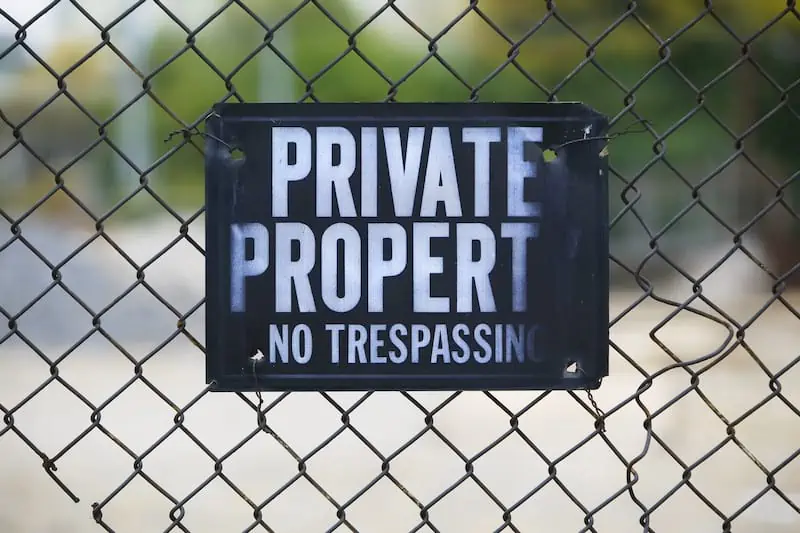
North Dakota has a long Native American history. All Native American artifacts found should be turned over to the proper authorities. It is against the law to take these items. One of the major issues the state has faced is the destruction of Native burial grounds. The authorities now watch these sites very closely so save yourself the hassle and avoid them altogether. It is the safest option for you, and it pays respect to the Native American tribes.
If you plan to metal detect in North Dakota on private lands, you do not have to follow these laws. Always ensure you receive written permission from landowners before you metal detect. This helps keep you safe. If you do find items on private property, you are free to do with them what you like. You can donate them to a museum, sell them, or keep them for your collection. If you do find Native American artifacts on private lands, consider donating them back to the Tribe from which they came so they can add them to their own historical collections.
Every city and county can institute their own rules and regulations for metal detecting in their jurisdiction. As a rule, most national parks, national monuments, and some state parks are off limits to metal detectorists. You will need to contact the parks you wish to detect and ask what the rules are. Some have posted signs and others you will need to call the park supervisor or park ranger and ask. Some areas even require permits before you can metal detect. It is your responsibility as a metal detectorist to know the laws and find out where you can and cannot metal detect.
In the city of Bismarck, North Dakota, metal detecting is allowed on some city property if certain guidelines are followed. You must never disturb any park facility, natural features, or any archaeological or historical resource. No item of historical or archeological importance may be removed from park property and should be reported to the park personnel immediately.
Digging implements are limited to ice picks, probes, and screwdrivers that do not exceed 2 inches in width, and sand scoops for sandy areas. All trash found while metal detecting should be properly disposed of. Lastly, all metal detectorists should conduct themselves thoughtfully and courteously with consideration for others enjoying the city’s recreational spaces.
Some Bismack city properties do not allow metal detecting at all. These include:
- General Sibley Park and Campground
- East Sibley Park
- Eagles Park
- Chief Looking’s Village
- Bismarck Municipal Ballpark
- All athletic fields
- Tom O’Leary Golf Course
- Pebble Creek Golf Course
- Fore Seasons Center
- Riverwood Golf Course
Other areas in North Dakota are completely off limits to metal detectorists. This typically to protect the historical and archaeological resources, or to protect natural resources. For example, the Clausen Springs Recreation Area, which is a wildlife management area and multiple use recreation area, does not allow metal detecting at all. There are even stores in Fargo and Moorhead that will rent metal detectors to anyone who wants to detect at an hourly, daily, weekly, or monthly rate. This is a great option if you are not sure you want to purchase a machine prior to metal detecting in North Dakota.
Metal Detecting Finds in North Dakota
Some of the best metal detecting finds in North Dakota are coins. Detectorists have found a 1942 Walking Liberty half dollar, a silver Roosevelt dime, several silver Mercury dimes, a 1930 Buffalo nickel, and several wheat pennies.
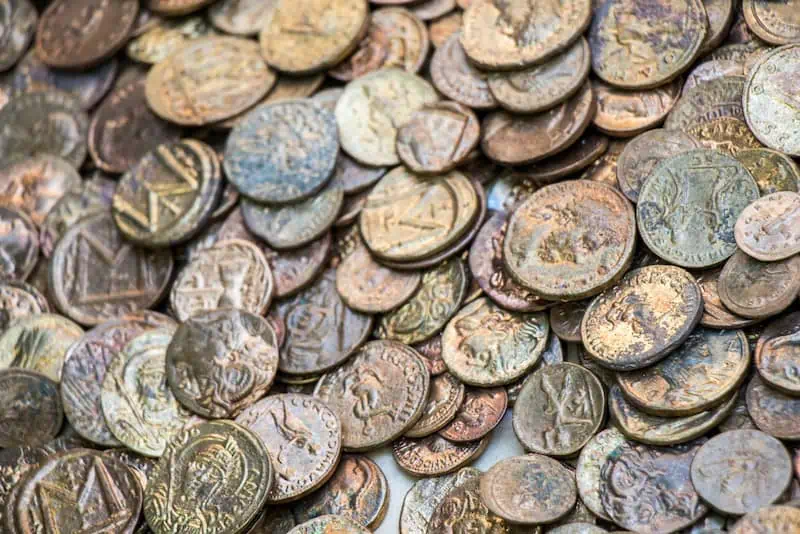
Detectorists have also found relics, jewelry, Native American artifacts, other old coins, and more modern items. North Dakota is also home to many rare earth elements, especially in western North Dakota. Elements including terbium oxide and scandium have been found and these are valuable elements.
On top of the finds listed, there are many lost treasures reportedly scattered throughout the state. In April of 1897, a flood came through Belmont, North Dakota. Several businesses were along the Red River at the time, and the flood washed their safes into the river. These safes were never recovered and thought to be buried under the sands of the river.
A group of Montana gold miners were attacked by a Native tribe on their way from North Dakota to Montana. The miners are said to have buried almost $100,000 in gold nuggets near the Missouri River near Fort Clark. They returned to claim their treasure later and could not find their dig site.
A Union Army paymaster during the Civil War had his payroll stolen which consisted of a large gold coin cache. Thieves buried the cache near Sunset Butte 10 miles northwest of Amidon, North Dakota. The payroll coins were never recovered and reportedly still lie where they were buried.
In 1893, a bank was robbed near Belcourt, North Dakota and thieves took nearly $100,000 in gold coins and gold bullion to the foothills Turtle Mountain. You will need to seek permission from the Turtle Mountain Reservation prior to searching for this treasure as the Reservation sits on the spot where the gold is reportedly buried.
Where to Go Metal Detecting in North Dakota
North Dakota’s rivers are a great place to metal detect. Rivers are a great place to find lost treasures. In North Dakota, try searching the Little Missouri, James, Souris, maple, Cannonball, and Sheyenne rivers. Other good places to metal detect are Lake Sakakawea, Frontier Village, Devil’s Lake, and Fort Dilts.
Make sure you have the proper permissions to detect all these locations. Areas where old forts are, outlaw trails, and ghost towns are good places to metal detect in North Dakota. Some ghost towns to check are:
- Tagus
- Carbury
- Wheelock
- Verendrye
- Temvik
- Arena
- Bartlett
- Hartland
Many ghost towns are privately, or state owned so again, make sure you have all the necessary permissions before metal detecting ghost towns in North Dakota.
Any area that sees a lot of visitors, like lakes, streams, parks, and event locations, will have a great opportunity to find more modern items dropped by recreators. I like to search the forests and lake areas for dropped items. These areas see a lot of foot traffic and that means a lot of dropped treasures to find!
Metal Detecting Clubs in North Dakota
All states have metal detecting clubs. North Dakota is no exception. Only one club is listed in North Dakota, called the Minnkota Artifact Recovery Group. Meetings are held the 3rd Friday of each month at the Bronco Bar in Chaffee, North Dakota. They hold an annual spring hunt open to all metal detectorists, and a fall hunt that is only for members. Their meetings consist of finds competitions, raffles, and door prizes.
Joining a metal detecting club has many benefits. Many members have been detecting for decades and have a wealth of knowledge. They can help you choose metal detectors and equipment, identify finds, understand the laws and rules, and teach you etiquette for metal detecting. If you are unsure, try going on one of their detecting hunts that are open to everyone. This will give you a good idea of how the club operates and how they interact with one another.
Conclusion
North Dakota is a scenic state with plenty of metal detecting opportunities. You can find Native American artifacts, early settler’s artifacts, and more modern items throughout the state. You may even find some precious metals or elements in North Dakota’s soils.
These can be worth quite a bit, too! Make sure you follow all federal, state, and local laws and guidelines for metal detecting. You can land yourself in quite a bit of trouble if you detect outside the law. North Dakota also has Native American reservations, and these areas are completely off limits to detectorists unless you receive special permissions form the Tribal Council.
You can find yourself in a lot of trouble if you detect outside the law. This can include confiscation of your finds, confiscation of your metal detectors, fines, and even jail time. Follow all the rules for a safe and successful metal detecting trip! Do your research to make sure you have the best time metal detecting in North Dakota!
